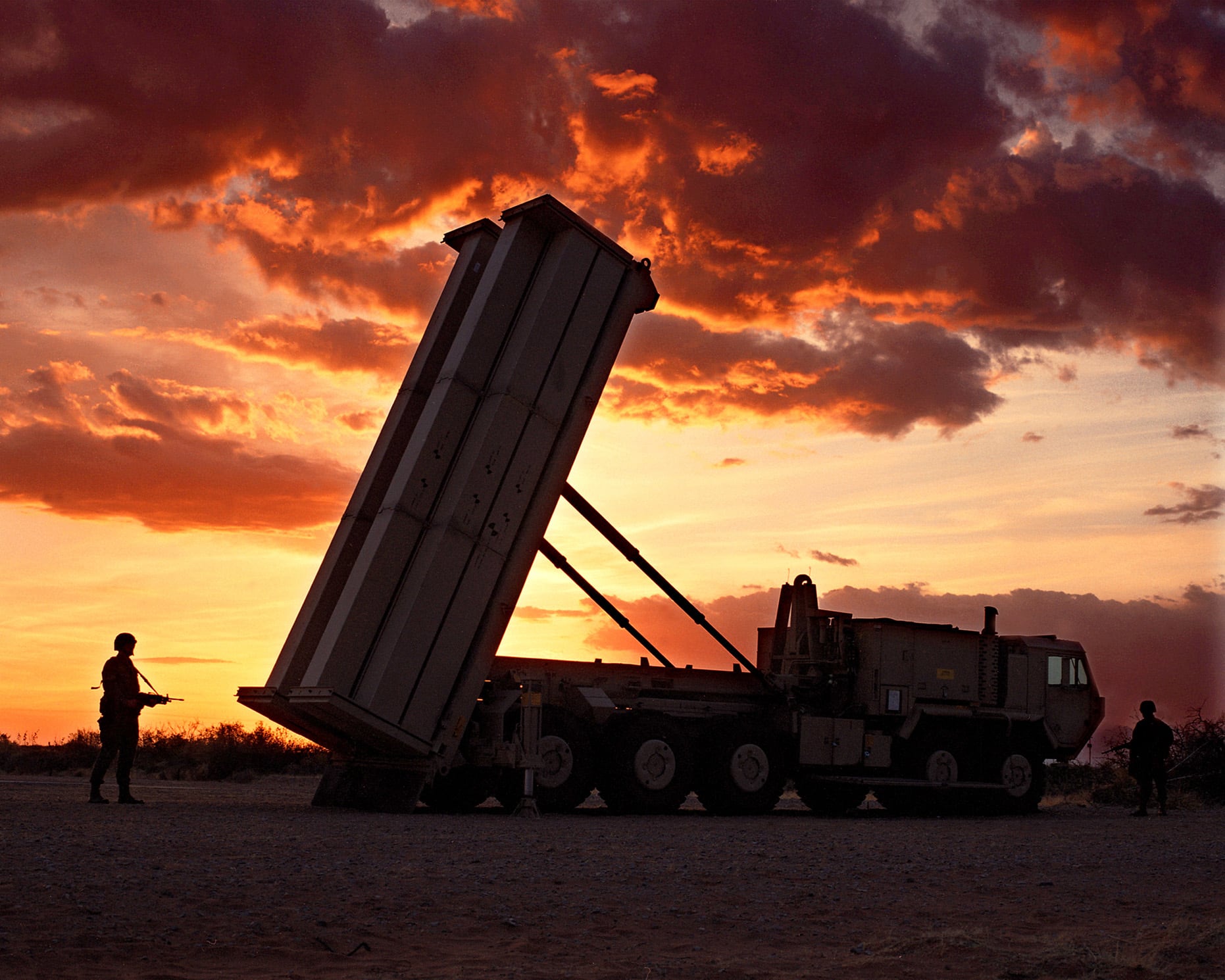WASHINGTON — Lockheed Martin announced Jan. 4Monday it locked-in a $528 million contract with the US Army to build more interceptors for the Terminal High Altitude Area Defense (THAAD) system.
A company spokesman said the contract funds cover "Lot 7 (FY15) and Lot 8 (FY16)" interceptors for the program. Lockheed delivered its 100th THAAD interceptor in 2015.
THAAD is part of the Army's Ballistic Missile Defense System and is designed to defeat incoming threats in the terminal phase using hit-to-kill technology.
The Army activated the fifth of seven programmed THAAD batteries at the end of 2015. All THAAD batteries are headquartered at Fort Bliss, Texas, as part of the 11th Air Defense Artillery Brigade. One THAAD battery has been deployed to Guam since April 2013 in response to possible threats from North Korea.
The company also has had a contract with the United Arab Emirates to build THAAD since 2011. While the UAE is the first international customer to buy THAAD, Lockheed is hopeful additional countries in the Middle East will follow suit.
The THAAD program took a hit in November when the 2016 National Defense Authorization Act's (NDAA) top line dropped by $5 billion to meet a budget deal. Lawmakers authorized a new cut of $50 million to the THAAD program. THAAD interceptor production fell behind in fiscal 2015 due to an issue with a new device on a mission computer memory card, resulting in a seven-month lag. Lockheed was only able to deliver three of the 44 interceptors for the THAAD system.
Lockheed said at the time that it was catching up after resuming deliveries in mid-May 2015 and expects the program to recover by September 2016.
"The Interceptor delivery schedule and commitments were modified to allow for the requested mission computer upgrade and we are on track to meet the delivery requirements," a Lockheed spokesman said Monday.
Email: jjudson@defensenews.com
Twitter: @JenJudson
Jen Judson is an award-winning journalist covering land warfare for Defense News. She has also worked for Politico and Inside Defense. She holds a Master of Science degree in journalism from Boston University and a Bachelor of Arts degree from Kenyon College.








